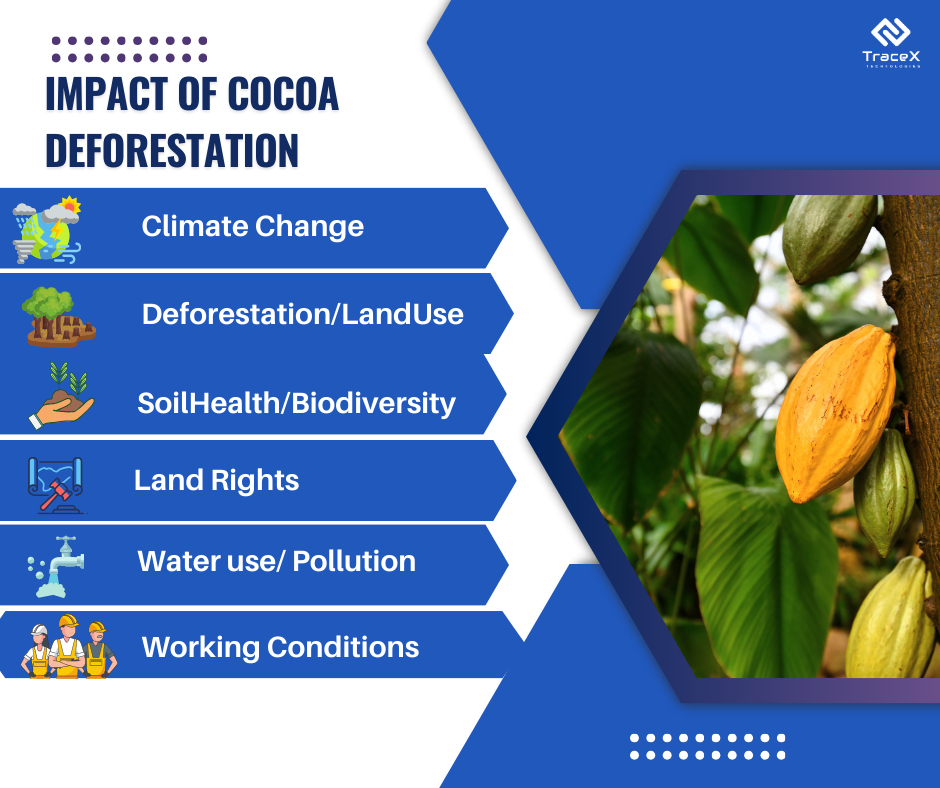
The Endangered Status of Cocoa and Its Solutions
- The Importance of Chocolate Production
Chocolate is a beloved snack enjoyed and consumed by many people around the world. However, did you know that cocoa, the main ingredient needed to make chocolate, is facing extinction? Cocoa trees grow in regions such as the Amazon rainforest and Africa, where they are primarily cultivated.

- Ecology and Characteristics of Cocoa Trees
Cocoa trees prefer tropical climates and humid environments. In such conditions, cocoa trees have high survival rates and yield significant amounts of produce. Additionally, cocoa pods are rich in nutrients and are a primary source of plant-based fats.
- Causes of Cocoa’s Endangered Status
In recent decades, cocoa trees have been threatened by climate change and human intervention. Climate change has altered tropical climates, resulting in unstable rainfall and temperature patterns. Furthermore, deforestation and poor agricultural management have led to the reduction of cocoa tree habitats.
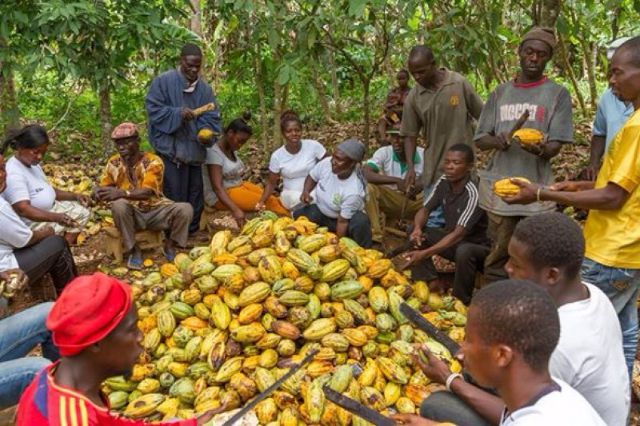
- Impact of Climate Change on Cocoa
Climate change directly affects cocoa production. Increased temperatures and humidity lead to a rise in pests and diseases, which decreases the quality and yield of cocoa pods. Additionally, fluctuations in rainfall make harvest periods and yields unpredictable.
- Current Situation of Cocoa Agriculture
Currently, cocoa agriculture is facing numerous challenges. In cocoa-producing regions, crop damage and reduced yields have resulted in losses, making it difficult for farmers to sustain their livelihoods. Consequently, many farmers are abandoning cocoa production and switching to other crops.
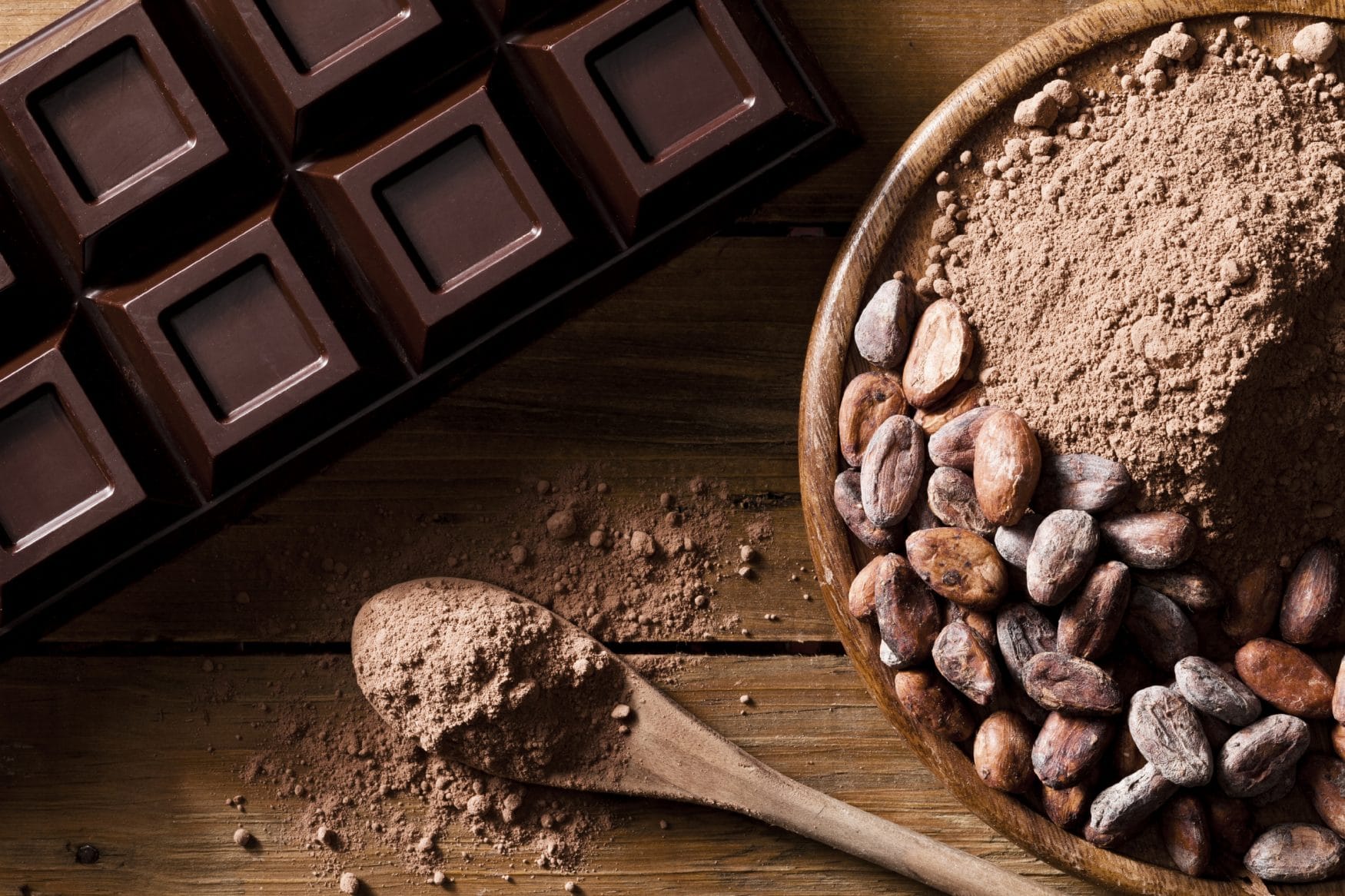
- Sustainable Cocoa Agriculture Solutions
To address the endangered status of cocoa, sustainable cocoa agriculture solutions are needed. Research is being conducted to breed more resilient varieties of cocoa trees in response to climate change. Moreover, sustainable agricultural management practices and programs for ecosystem conservation in cocoa-producing regions are being developed.
- Actions Consumers Can Take
Consumers can also take action to prevent the extinction of cocoa.
Firstly, it is important to choose sustainable brands when purchasing cocoa. Secondly, recycling cocoa products and supporting the use of recycled materials in packaging is a good approach.
- The Need for Global Cooperation and Examples
Lastly, global cooperation is essential to address the cocoa extinction crisis. Various international organizations, governments, and non-profit organizations are working together to protect cocoa production and establish sustainable agricultural practices. This collaboration can also be extended to other crops facing extinction.
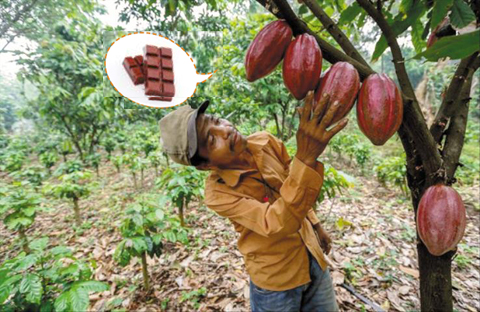
9. Efforts to Protect Cocoa Trees:
-
Sustainable Agricultural Practices: It is important for farmers to adopt sustainable agricultural methods that protect the soil and ecosystem while promoting the healthy growth of cocoa trees. For example, reducing the use of chemical fertilizers and pesticides and maintaining natural ecosystems through organic farming.
-
Breeding Improvement: Research is being conducted to develop cocoa tree varieties that are resilient and resistant to diseases. The goal is to cultivate cocoa trees that can adapt to climate change.
-
Reforestation and Ecosystem Restoration: Reforestation efforts in regions where cocoa trees are native are necessary to restore habitats and enhance biodiversity. This work can contribute to the protection of not only cocoa trees but also various other species.
-
Education and Awareness Raising: Educational programs for cocoa farmers and local communities are needed to raise awareness of the importance of sustainable agriculture and to promote cocoa protection activities.
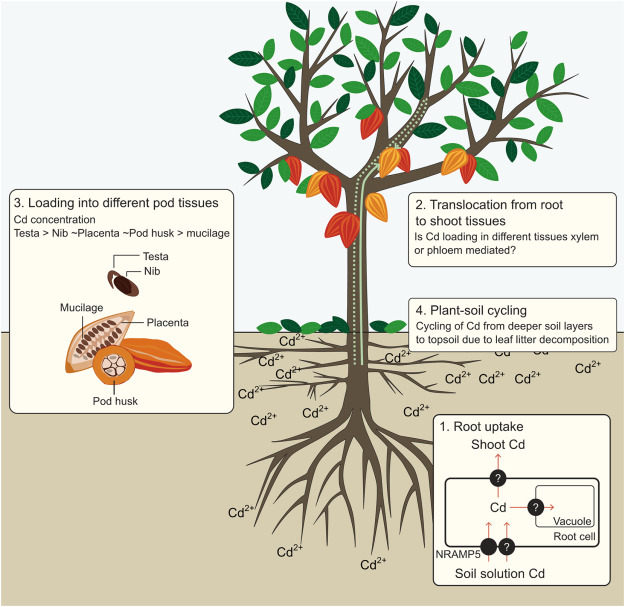
-
Changing Consumer Behavior: Campaigns are necessary to encourage consumers to choose cocoa products from sustainable brands. This support can help farmers grow cocoa using sustainable methods.
-
Global Cooperation: It is crucial for international organizations, governments, and non-profit groups to collaborate to protect cocoa production and establish sustainable agricultural practices. Such cooperation can play a significant role in safeguarding the future of cocoa agriculture.
These combined efforts can protect cocoa trees and ultimately contribute to the future of chocolate.

In this way, awareness and action regarding the endangered status of cocoa are necessary for the future of chocolate. As lovers of cocoa, we must support sustainable cocoa agriculture and take responsibility for cocoa production. How about we work together to safely pass on the taste and flavor of chocolate to future generations? 🍫✨



